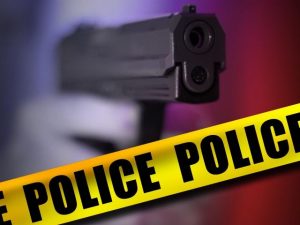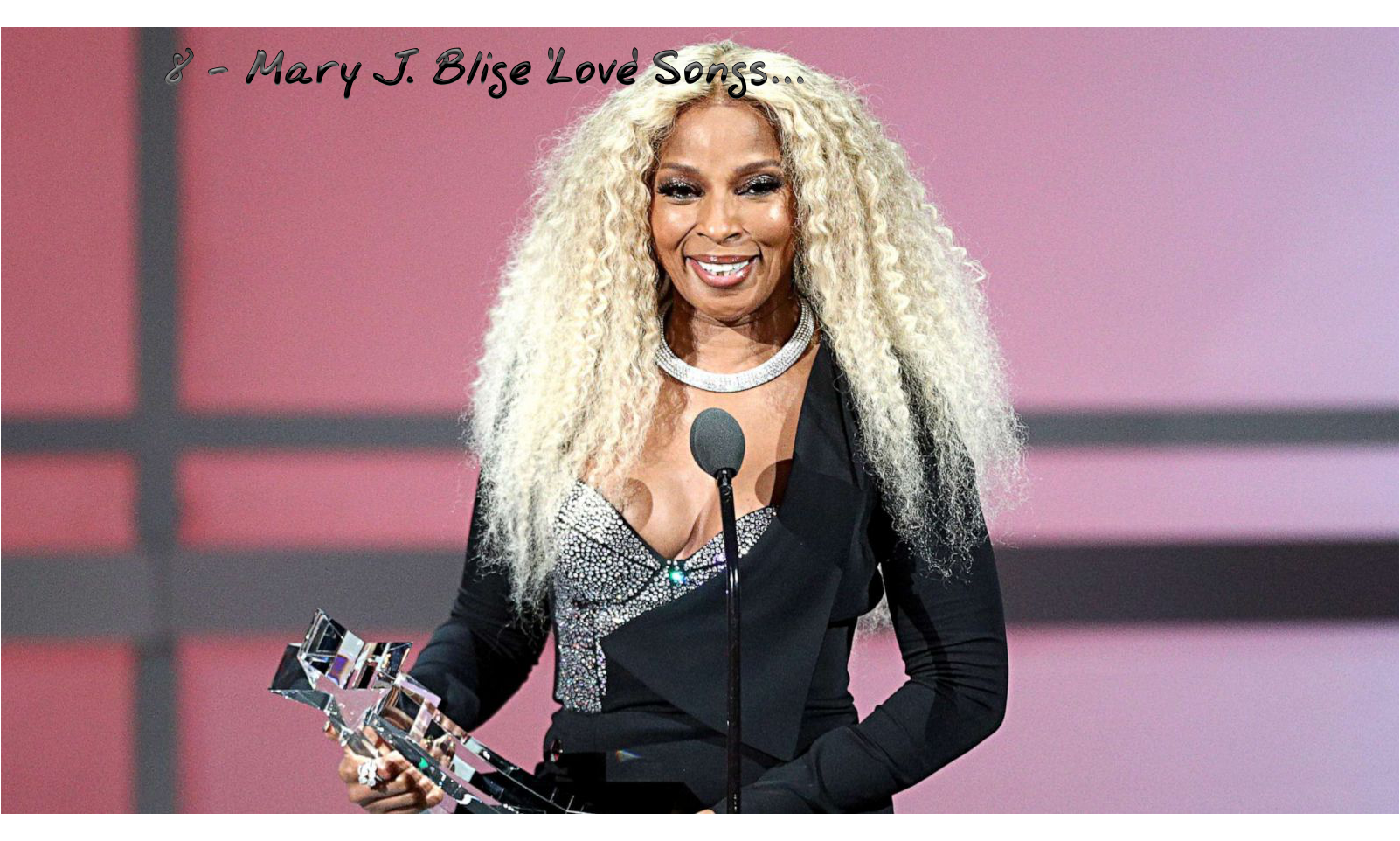(ThyBlackMan.com) It seems like every week in this country an unarmed citizen is shot or killed by a police officer. All it takes is a peek at websites like www.killedbypolice.net or www.policemisconduct.net to see that this is an epidemic, not a few isolated incidents. But while most people and media focus only on the officer in these incidents, very few focus on what he or she was programmed to do. Police officers are not only pre-programmed what to do, they also practice what to do in a deadly situation. Unfortunately the threat assessment of what is a “deadly situation” is based on the perception of the officer at the time of the encounter. Therefore, a poor split-second threat assessment by the officer can cause him to react, leaving the citizen shot or dead at the scene – or place the officer in jeopardy or both.
I would suggest to you that most officers involved in shooting unarmed citizens are not acting as rogues, racists or renegades, though some are. I would further suggest to you that most of the officers are reacting as they have been programmed to do. The programming could have come from previous military service, police academy training or police department training. So in this article let’s take a look at what police officers all over this country are being pre-programmed to do.
TO ORDER THE FREE E-BOOK ON HOW TO END POLICE BRUTALITY, send your email request to atlantacrimecommisssion@yahoo.com today and spread the word.
It is not likely that you will find a police department blatantly telling its officers “shoot to kill“. The reason is because many departments commonly use other terminology which camouflages the “shoot to kill” instruction, mentality and practice. You are thus more likely to hear police departments and fire arms instructors say “shoot for center mass“. Or they may say “fire until you neutralize the threat“. Most uniform field officers are neither likely to be marksmen nor  sharp shooters. Therefore they are taught to shoot at what they are more likely to hit – center mass. Center mass, when a person is facing you, is generally the chest and upper abdomen area – both of which contain vital organs like the heart, lungs etc. So when an officer shoots for center mass, there is a good chance the victim may die if hit. Thus indirectly it is shooting to kill by another name.
sharp shooters. Therefore they are taught to shoot at what they are more likely to hit – center mass. Center mass, when a person is facing you, is generally the chest and upper abdomen area – both of which contain vital organs like the heart, lungs etc. So when an officer shoots for center mass, there is a good chance the victim may die if hit. Thus indirectly it is shooting to kill by another name.
Courts and District Attorneys cannot understand how to support and encourage good police officers while going after and removing the bad ones. Thus too many bad ones are not held accountable.
One reason you hear about so many cases of officers pumping so many bullets into a victim is because the officer may have been told to fire until the threat is neutralized. The first problem here is that there may not necessarily be a life or death threat to the officer in many cases. The second problem is the fact that officers have other weapons at their disposal such as ASP batons, pepper spray and stun guns. Thus an officer shooting an alleged perpetrator who verifiably does not have a gun is definitely unwarranted. The third problem is that the legal system tends to validate the officer’s perception of danger at the time of the incident, if he or she articulates it well. That is why you hear officers repeating the same old statements such as ” I was in fear for my life” or maybe “I thought he had a weapon“. But articulating you felt you were in danger is not the same thing as being in danger.
SHARE THIS ARTICLE WITH EVERYONE YOU KNOW – ESPECIALLY POLICE OFFICERS
When I carried a badge and a gun, I was fortunate. My instructors taught me to do what was necessary – but only what was necessary and only when it was absolutely necessary. I was also taught my strongest weapon was my brain and my ability to make the right decision – not my firearm. I had a conscience and I had to know my decisions were right – not whether I could get away with them based on what I articulated in an incident report. That was decades ago but today officers are resorting to the gun (firearm) on their duty belt when they still have other less lethal options. Many of them are scared and they have told me they are. Some are poorly trained and they know it. And others simply do not care. I am not saying an officer should take a can of pepper spray to a gun fight. But I am saying the firearm is not always the answer. Nor should it be the first option if the alleged perpetrator is unarmed.
While a police officer does have to maintain somewhat of a “me or them” mentality, the officer also needs to realize that every person he stops is not automatically out to kill him. Thus the officer has to be careful of reacting to stereotypes and personal fears that he sees as almost a phobia that the citizen is out to get him. Such “phobias” can cause an officer to make deadly mistakes. Officers need to distinguish fact from fiction. When an officer draws his weapon, it is not always a matter of his life or the life of the “perpetrator“. Sometimes it is but sometimes it is not. And the “I am not going to take that chance” attitude by an officer can be as much of a bad thing as a good one.
There are a great many officers in the field who are not police material and yet others who have forgotten their role to protect and serve. And even others who should never have passed their pre-employment psychological exam. The good officers often get stuck in the middle between the bad officers, the public and the activists. That is a tragedy that is not often addressed.
No matter how you re-word “shoot to kill“, it is often unnecessary. If an officer is afraid and thus makes hasty decisions, he (or she) should find another job because police work might not be for him. The officer must use common sense, good judgment and personal wisdom along with his training. If he can subdue a perpetrator without using deadly force, he should not use deadly force. Thus cases like the one in Dekalb County, Georgia where the officer shot and killed a naked, unarmed man should not be happening.
If you are an officer or you know an officer you can share this article with, it must be understood that each citizen is a separate encounter, not a stereotype. Each unnecessary shooting is just that- unnecessary, whether the officer gets away with it or not. The proper type and amount of training is necessary but common sense and good judgment must sometimes step ahead of training. Implicit bias has to be recognized and dealt with just as mentally unstable officers must be screened out.
Police officers need to know if they embarrass their department, cost the department money or credibility, they could be dropped like a bad habit. Officers have to use wisdom, not just training. And officers must keep their egos in check. Such would have caused the Sandra Bland incident to come out quite differently, though both officer and Bland made mistakes.
Many police departments are so in need of “bodies” in uniform that they allow red flags to slide by. Generally if you can pass the physical, the background check, the drug test and the police academy, you get the job. There is not nearly enough attention paid to the mental status and screening of those we give a badge of authority. When those who lack good judgment, those who are mentally unstable or those who are afraid receive the camouflaged “shoot to kill” training, that is exactly what they will do.
It should be a federal regulation that all uniform police officers undergo at least 1 annual psychological exam every year – and additional screenings if they are involved in a shooting or otherwise traumatic situation. Unfortunately annual psychological exams are not likely to happen, though they would fix many of the problems. Why not? Because these exams would cause police departments everywhere to remove officers from active duty – and unfortunately our cities cannot afford the loss of police presence.
There is hope and there is a lot that is being done. Progress is being made, though it is slow. We have created a FREE E-BOOK ON HOW TO END POLICE BRUTALITY. Simply send an email request to atlantacrimecommission@yahoo.com and we will send it to you. Meanwhile, as citizens, we cannot stereotype all police officers either and we have to support and encourage the good ones.
Staff Writer; Trevo Craw

















Leave a Reply